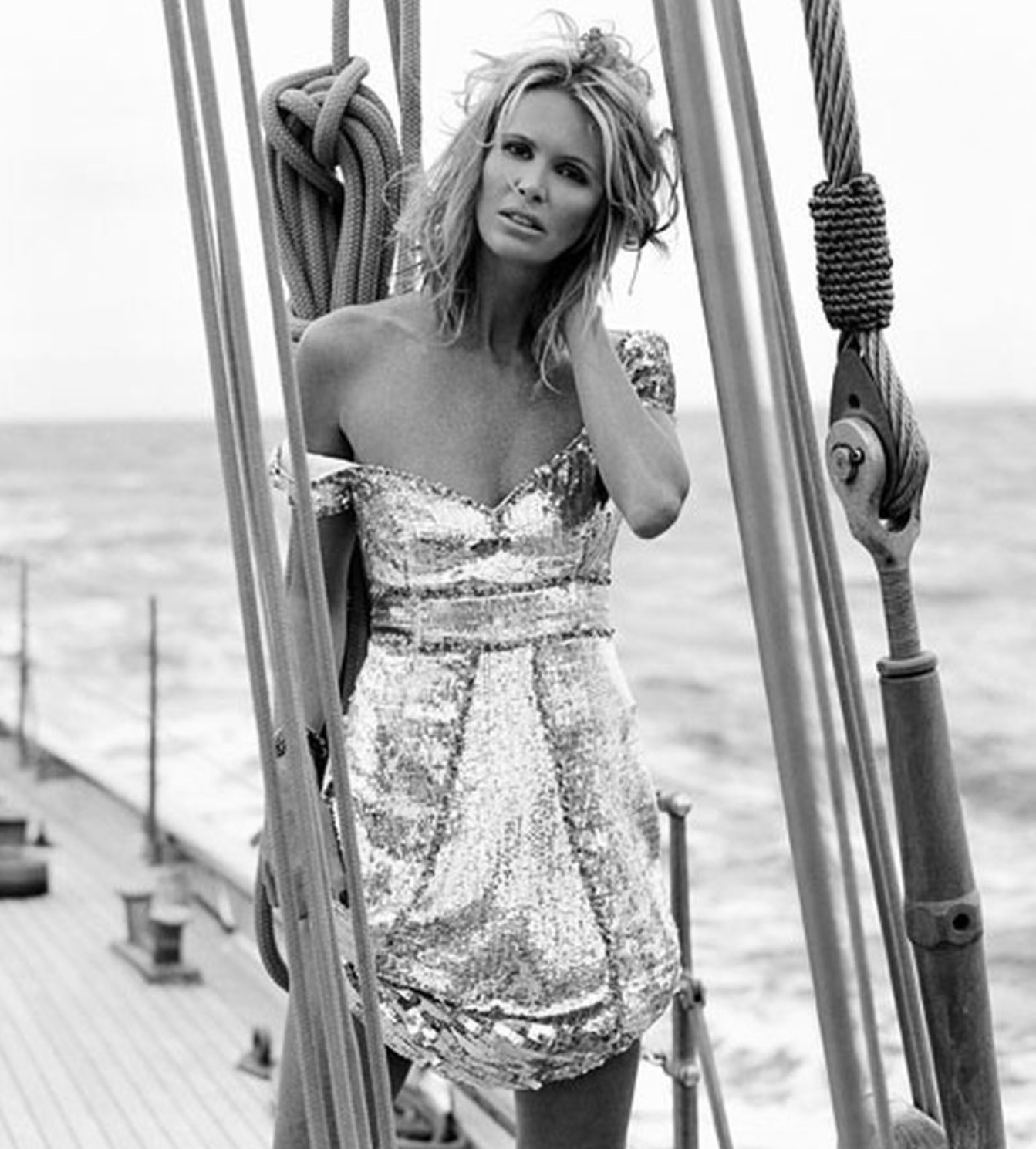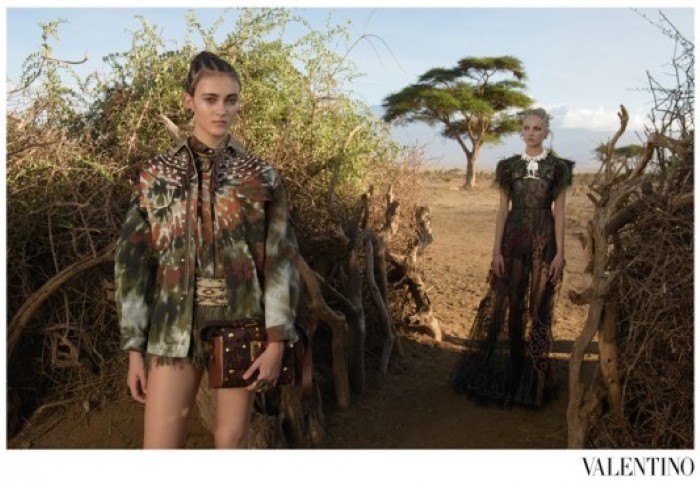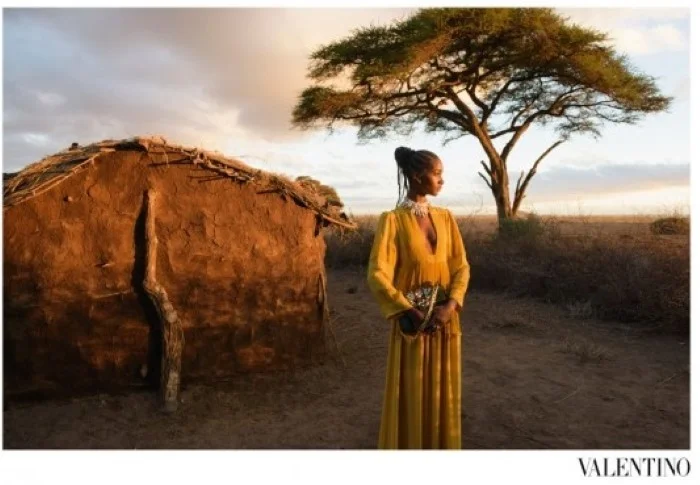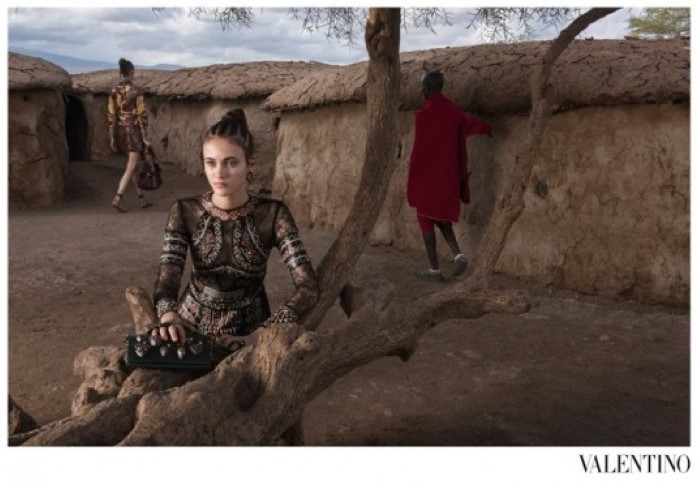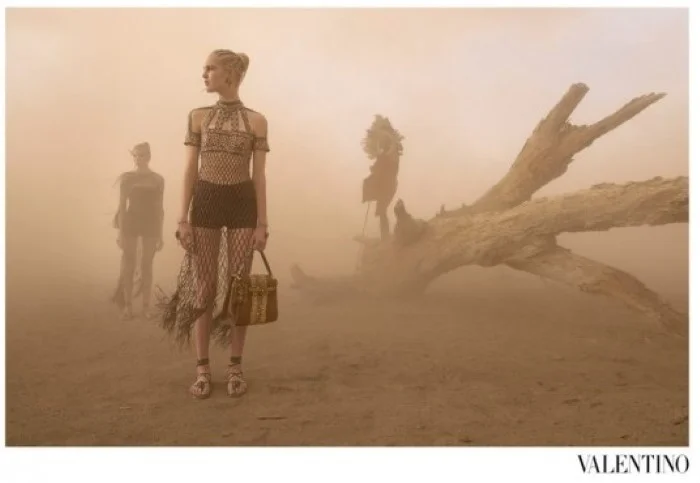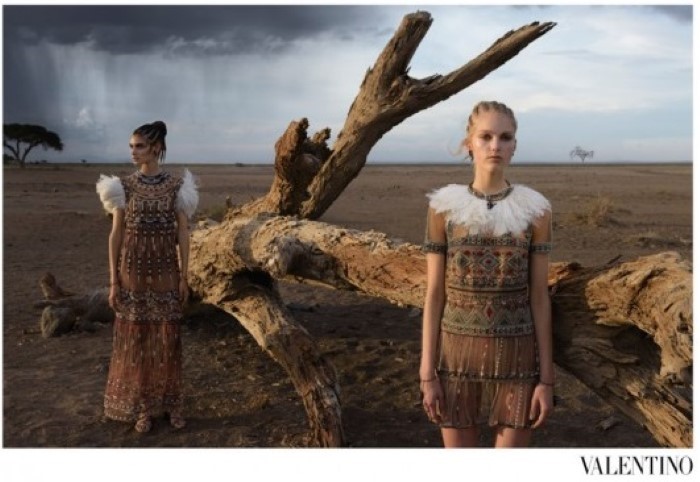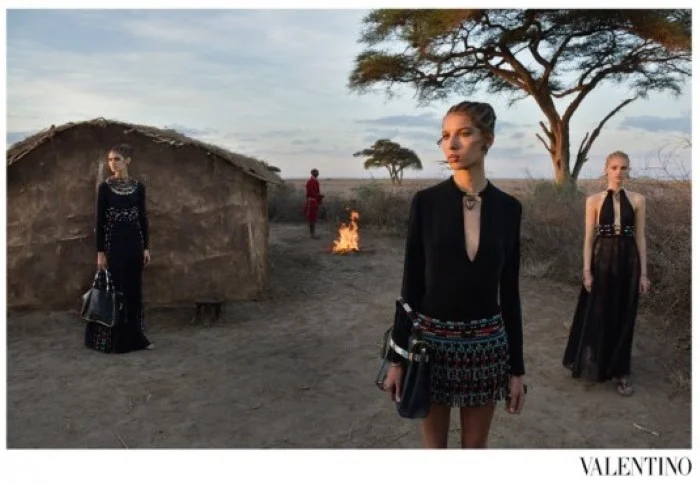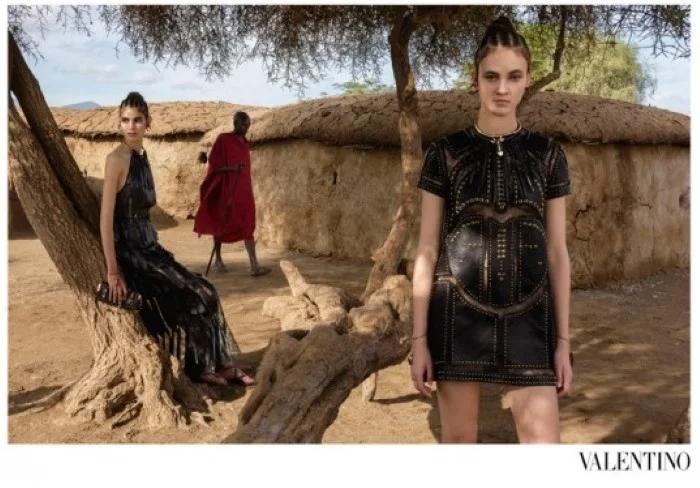Valentino Spring 2016 & GlamTribale Jewelry & Gifts Honor Africa As The Origin of Human Civilization
/Valentino designers Maria Grazia Chiuri and Pierpaolo Piccioli designed their Spring 2016 collection, with a desire to fuse African and Italian fashion into a beautiful but also political statement.
For more than a year, tens of thousands of refugees from Senegal, Nigeria, Eritrea, Mali, Gambia, and elsewhere have been making the harrowing journey across the Mediterranean to southern Italy. Packed into unseaworthy vessels, many are dying in appalling circumstances before they reach shore, a humanitarian crisis Italy has been dealing with by patrolling the seas, saving survivors, and giving them sanctuary. As in Germany, which has been receiving hundreds of thousands fleeing from the war in Syria, there has been a backlash against the new arrivals from some quarters.
Many will criticize the duo for somehow celebrating the plight of African refugees. The designers respond in their own words:
“We probably feel that the greatest privilege in doing our work is that fashion can give a message,” said Chiuri. “We think every person coming here is an individual, and we can show that we can improve ourselves by understanding other cultures.”
“The message,” added Piccioli, “is tolerance. And the beauty that comes out of cross-cultural expression.” Sarah Mower writes for Vogue:
On appearances, you would not necessarily guess at the very real and fraught situation running in the background of this serene and heartfelt Valentino collection, but the research, and the lengths the designers had gone to to educate themselves, resulted in some gorgeous fusions between Italian and African traditions. They met in the textiles and the way the Roman influences Chiuri and Piccioli had used in their couture show segued into tribal treatments—the strips of leather that began as a gladiator reference became studded; the Roman sandals gained carved ebony heels; the pagan necklaces of their former show now appeared in white ceramic, suggesting abstracted teeth or shells; and the house expertise in embroidery produced tiny beaded Masai-derived patterns and bold peacock feather trims.
Chiuri points out that Picasso and Braque both embraced African art in the 1920s, marking "the birth of modernism in art." How fascinating to think that something as ancient as the beginnings of civilization inspired a major art movement.
Master Photographer Steve McCurry
Chiuri and Piccioli turned to master photographer Steve McCurry, an artist not steeped in the fashion world at all, but the images of refugees andthe mission of documenting far-flug and often fragile cultures.
Piccioli says. “That’s why we wanted to shoot in Africa with Steve McCurry. He’s not a fashion photographer; he’s a culture reporter…we wanted to shoot not a fashion vision [of Africa], but more of a cultural vision — and not in a studio with an elephant.”
Models include Alice Metza, Cameron Traiber, Greta Varlese, Kirin Dejonckheere and Tami Williams, accompanied by Maasai people. McCurry shot the campaign in Kenya's Amboseli National Park.
The Primordial Origins of Modern Art
This single statement causes me to consider Picasso in a new way. Previously I've always considered Picasso to be a most misogynistic artist, with cubism representing his own confusion over femaleness and his desire to dominate it. As a result, the revered Picasso was always chopping women up into little pieces in his art, unable to deal with us in an original goddess form. This substructure of this personal opinion still rings true to me, but I want to dig deeper into what I perceive to be Picasso's terror of women.
Carine Roitfeld, who I adore, challenges us not to take fashion very seriously. Our increasingly politically correct culture condems women who genuinely try to connect with deeper parts of ourselves through our attachment to fusion fashion as an expression of historical culture. As Mower says: "Fashion is a frivolous and joyful thing, but that doesn’t prevent some of the people who are making it from having inquiring minds and a public conscience."
GlamTribale and Africa
This connection to Africa lies in the heart and soul of GlamTribale. In my personal case, the muses are wide-ranging and yet they congregate around femaleness, nature and activism, and life before the rise of Western civilization. My attachment to elephants has been front and center in my brain as long as I can remember. And in one particularly powerful dream, I saw -- not only the savannah of Africa -- but the acacia tree, almost as a Joseph Campbell or Carl Jung primordial symbol.
All of the GlamTribale muses congregate in the very defined area of southern Ethiopia, home to the Omo Valley people living (while they last) on the northern border of Lake Turkana. The southern border of the lake takes us to Kenya and Nairobi, home to my main muse Dan Eldon and the slum 3/4 of a mile away from his then home called Kibera. The life coincidences based this defined geographical region are enormous and have formed my both my conscious and unconscious states..
Like the Valentino designers, GlamTribale customers celebrate the beauty of cross-cultural expression. I'm not certain about their philanthropy program but will investigate over the weekend. In the case of GlamTribale, our mission is clear. ~ Anne
FASHION MEETS PHILANTHROPY!
CALL IT GIRL POWER!
10% of GlamTribale Revenues Support



